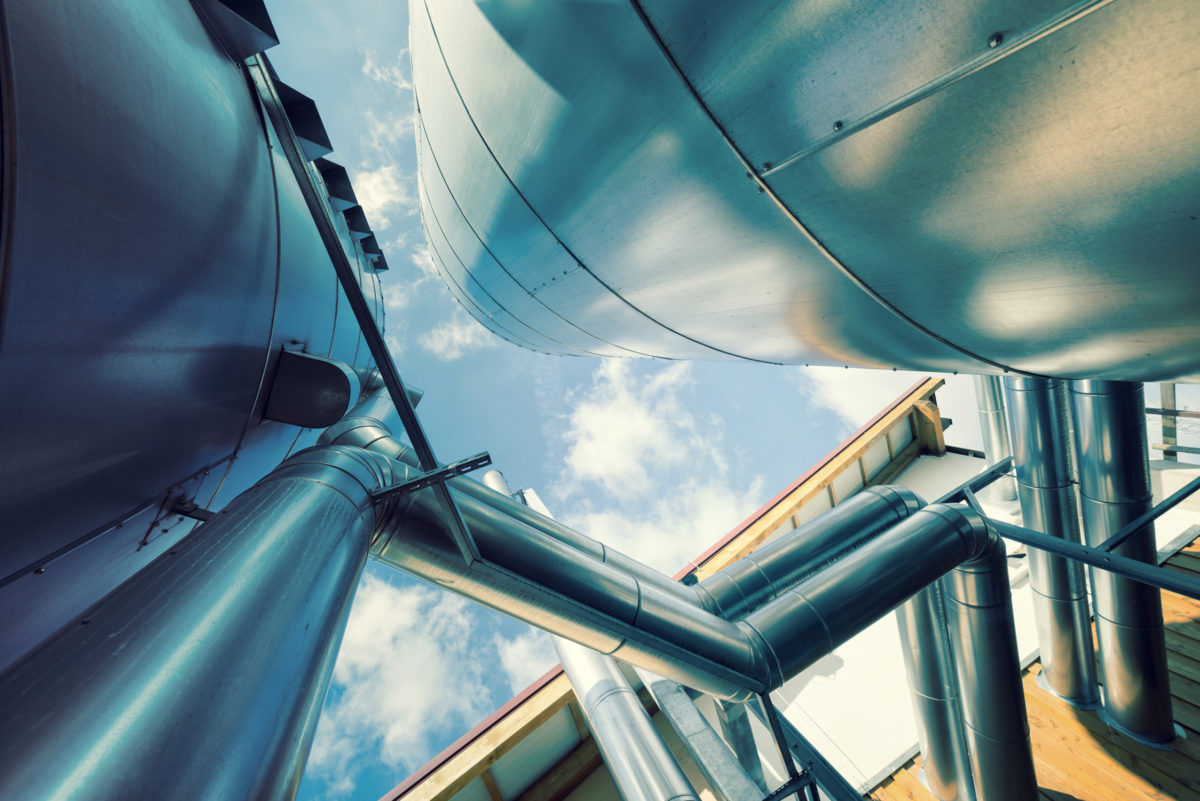With the initial application stage closing, the Australian Renewable Energy Agency (ARENA) announced on Friday it had received an overwhelming response from prospective developers eager to get their slice of the green hydrogen funding cake. To help accelerate Australia’s development of a renewable hydrogen industry and achieve the goal of ‘H2 under $2’, ARENA opened the $70 million Renewable Hydrogen Deployment Funding Round in April.
On Friday, ARENA said that is had received 36 expressions of interest from prospective developers, representing over $1 billion in total grant requests and far outstripping the available funding. Through the funding round, ARENA aims to support two or more large scale renewable hydrogen projects, with electrolysers of a minimum 5 MW capacity and with a preference for 10 MW or larger.
But the interest recorded was much stronger than that. ARENA said that the expressions of interest covered almost 500 MW in proposed capacity, with the total investment value over $3 billion. The project proposals were ranging from between 5 MW to up to 80 MW, with applications coming from every Australian state and territory.
“We’re excited to see that there is such strong interest in renewable hydrogen from across a broad cross-section of industry,” ARENA CEO Darren Miller said. “This is an important step for the sector and it looks like we have many companies now ready to start building large scale renewable hydrogen projects across a range of industries and end uses.”
Green vs brown hydrogen
The funding round follows the last year’s release of the National Hydrogen Strategy developed by Australia’s Chief Scientist Dr Alan Finkel. While ARENA funding will be unmistakeably used for projects producing hydrogen using renewable energy, Finkel has expressed support for hydrogen production from fossil fuels with “substantial” carbon capture and storage (CCS) in the game.
The attachment to the dirty hydrogen technologies has also been seen on the federal government level. Last month, the Coalition passed new legislation designed to buttress the production of hydrogen from brown coal and lay the foundations for future carbon capture and storage (CCS) developments, undermining the efforts to create a green hydrogen economy in Australia.
On Friday, however, Minister for Energy and Emissions Reduction Angus Taylor said the strong response showed the Australian industry is ready to build a sustainable hydrogen sector. “These projects will help us reach our H2 under $2 technology goal sooner, with $2 per kilogram hydrogen making it a viable alternative to other sources of energy,” he said. “This builds on our existing hydrogen industry that supports our hugely successful agriculture and mining sector.”
Each project vying for the ARENA funding will need to be powered by renewable electricity, either directly by on-site solar and/or wind, or through a power purchasing agreement. “While we’re only at the early stages of renewable hydrogen production in Australia, much like our role in making large scale solar competitive, ARENA aims to help bring down the cost of hydrogen, build Australia’s skills and capacity, create jobs and activity in regional areas and help Australia achieve our emissions reduction objectives,” Miller said.
The oversubscribed funding round suggests, however, that much more investment will be needed to kick-start the industry and achieve such goals. “Preliminary feasibility outcomes indicate there is a significant commercial gap and it is expected that grant and concessional funding will be required for hydrogen production facilities in the short to medium term,” Miller added.
ARENA has already committed over $55 million in funding for renewable hydrogen including $22.1 million towards R&D projects, as well as feasibility studies into large-scale projects and smaller-scale demonstrations looking at renewable ammonia, power to gas and hydrogen mobility.
In its next step, the Agency will assess the expressions of interest and invite shortlisted projects to submit a full application, with the aim of awarding funding by the end of the year. Importantly, projects selected in the $70 million funding round can also be considered for further financing from the Clean Energy Finance Corporation (CEFC) under the CEFC’s $300 million Advancing Hydrogen Fund.
This content is protected by copyright and may not be reused. If you want to cooperate with us and would like to reuse some of our content, please contact: editors@pv-magazine.com.









By submitting this form you agree to pv magazine using your data for the purposes of publishing your comment.
Your personal data will only be disclosed or otherwise transmitted to third parties for the purposes of spam filtering or if this is necessary for technical maintenance of the website. Any other transfer to third parties will not take place unless this is justified on the basis of applicable data protection regulations or if pv magazine is legally obliged to do so.
You may revoke this consent at any time with effect for the future, in which case your personal data will be deleted immediately. Otherwise, your data will be deleted if pv magazine has processed your request or the purpose of data storage is fulfilled.
Further information on data privacy can be found in our Data Protection Policy.